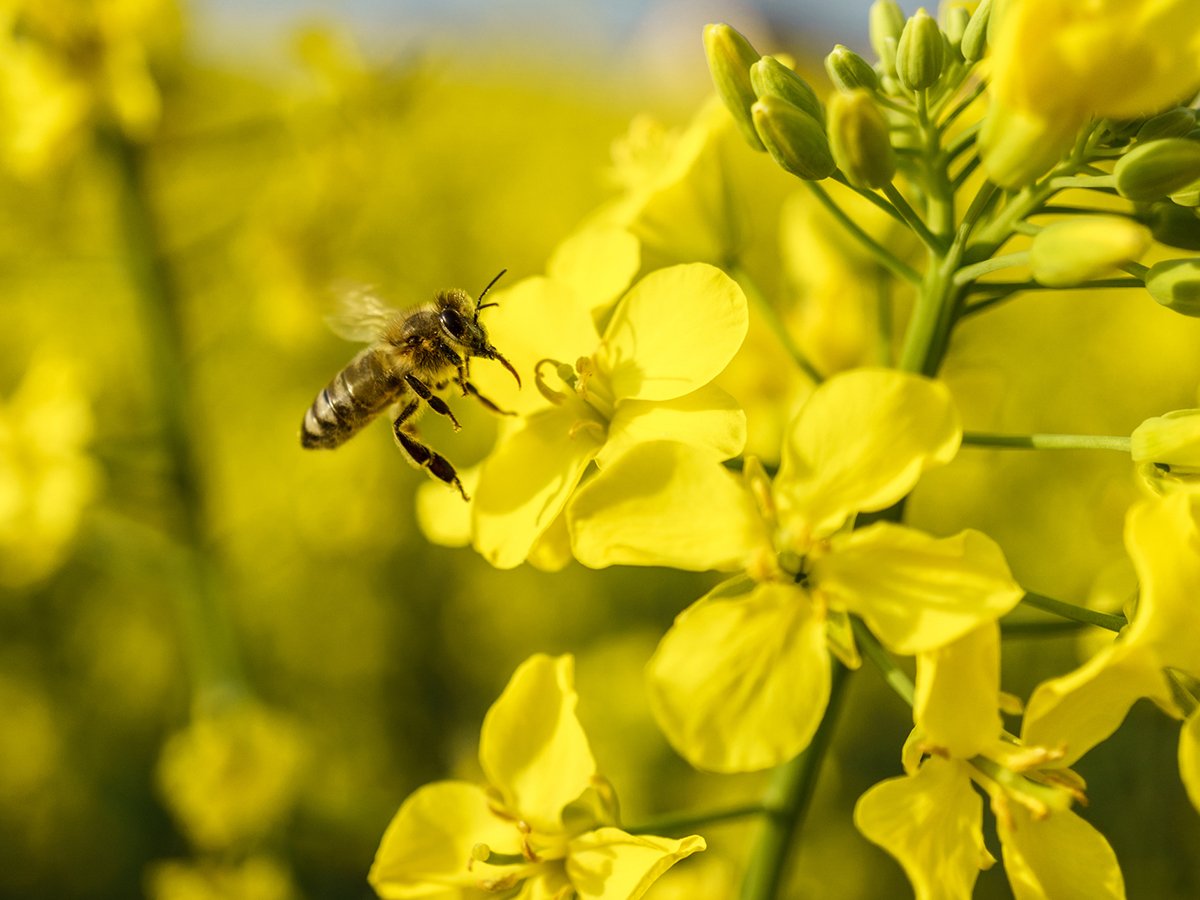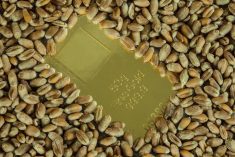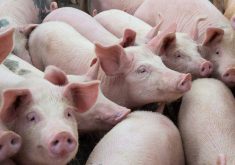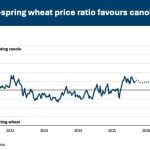Take a close look at the picture below, and see what you notice:

The first thing you probably noticed was that it looks all fuzzy, and then you probably assumed you were overtired, lost your glasses, drunk, or all three. Don’t worry – you haven’t had a drink all day, you’re wearing your glasses right now and you slept well last night. The photo itself is very fuzzy. That’s because I took it with my cellphone. It’s a cellphone pic of a photo I have stuck up on my various office walls for the past 20-some years. I peeled it off the wall for this occasion.
I took the photo in Niger, West Africa, in 1986 when I was young and slim. The original looks pretty good. Sorry about the shoddy rendition here. But I hope through the fuzziness and haze you noticed that this is a village port, where boats are unloading and loading trading goods from along the river. See the tires in one of the boats? How about the chairs?
Read Also

Invigor Gold variety viewed as threat to condiment mustard
Invigor Gold, the canola-quality mustard developed by BASF, is on a collision course with Canada’s condiment mustard industry. It’s difficult to see how the two can co-exist.
What I most want you to notice is that most of the trading goods here, from the bulging bags piled on the shore to the bag on the woman’s head to the sacks in one of the nearby boats, are basic food products. And what the fellows in the boat in the background doing? They are fishing. Also involved in basic food trade.
In countries outside the industrialized West, food is most of the economy for most people. Food matters everywhere, but food really matters in “developing” nations, and the poorer people are the more that food consumes the money they have.
Is it any surprise then that rapid food price increases cause widespread hardship in poor nations, and can often be the cause of violent regime change? Food price inflation is one of the things that provoked the overthrow of the Tunisian regime in the past couple of weeks, and similar unrest has spread to Egypt. Rulers in the Arab world appear to be scrambling to buy-in supplies of crops like durum wheat in order to avoid seeing their people chuck them into the dustbin of history.
Remember what started the Russian Revolution? Here’s the Wikipedia description of the first couple of days:
“At the beginning of February, Petrograd workers began several strikes and demonstrations.[citation needed] On March 7 [O.S.February 22], workers at Putilov, Petrograd’s largest industrial plant, announced a strike.[11]
“The next day, a series of meetings and rallies were held for International Women’s Day, which gradually turned into economic and political gatherings. Demonstrations were organised to demand bread, and these were supported by the industrial working force who considered them a reason for continuing the strikes.” (My bolding)
People don’t like it when their families are starving because they can’t afford to buy food, or even find it.
So, what does this mean for the markets? That’s what I’m telephoning folks about this week.
For the sake of grain farmers’ bottom lines, I hope it means nervous government leaders begin buying up grains and oilseeds around the world in order to have supplies on hand in order to avoid hunger (and their own butts getting kicked out). That’d lead, probably, to a nice new leg upwards for the crop markets as buyers chase dwindling supplies. Corn stocks around the world are desperately low, but even soybean and wheat stocks that look statistically flush are actually much tighter because almost half of them are being held in China and India – countries that are not going to export them and are likely to be wanting to import more. (There’s a story about this in this week’s paper.)
So there’s a good chance for a fundamentals-based rally continuation if nervous rulers start buying lots more crop as a means of political insurance.
For the sake of the folks in this picture, though, I hope the world doesn’t actually run out of crops. This particular place in this particular year had lots of its own local crops – as the bags in this picture demonstrate – but in the nation directly adjacent to it there was lots of hunger. I remember sitting on the bottom deck of a big riverboat as men unloaded hundreds of bags of donated U.S. grain into the hold, the type of grain I saw later sold at village markets in dusty villages along the edge of the Sahara.
Donated grains are one thing, but if the governments of these countries need to outbid each other to buy grain in order to stave off starvation, these are the countries that will lose the bidding war. Countries like Tunisia, Algeria and Egypt are considerably richer than ones like many south of the Sahara, so the northern rulers might be able to buy-off one potential cause of their likely overthrow. But if we actually run out of some crops, a world of woe will fall on the poorest, or those who have their own crop disasters this summer.
I talked to the head of a food relief agency today, and he told me that high prices aren’t really the problem, but unpredictable prices are. Consistently high prices let governments budget and give local farmers around the world a powerful reason to invest heavily in their farms. That produces more food right where it’s needed. But when grain prices shoot up and then collapse, as they did in 2008, farmers get burned. And once burned, they become twice shy, so even a rapid price rise like now causes many poor country farmers to have a lot of skepticism about whether it’s worth paying for expensive inputs. Will prices still be high in eight months time, when they’re trying to sell their crop?
So for the sake of farmers I hope there’s a lot more crop-buying around the world. And for the sake of the poor in poor nations, I hope governments around the world can find the money to buy the crops. And I hope they can still get rid of some of their cruddy rulers, but for other reasons that hunger.















